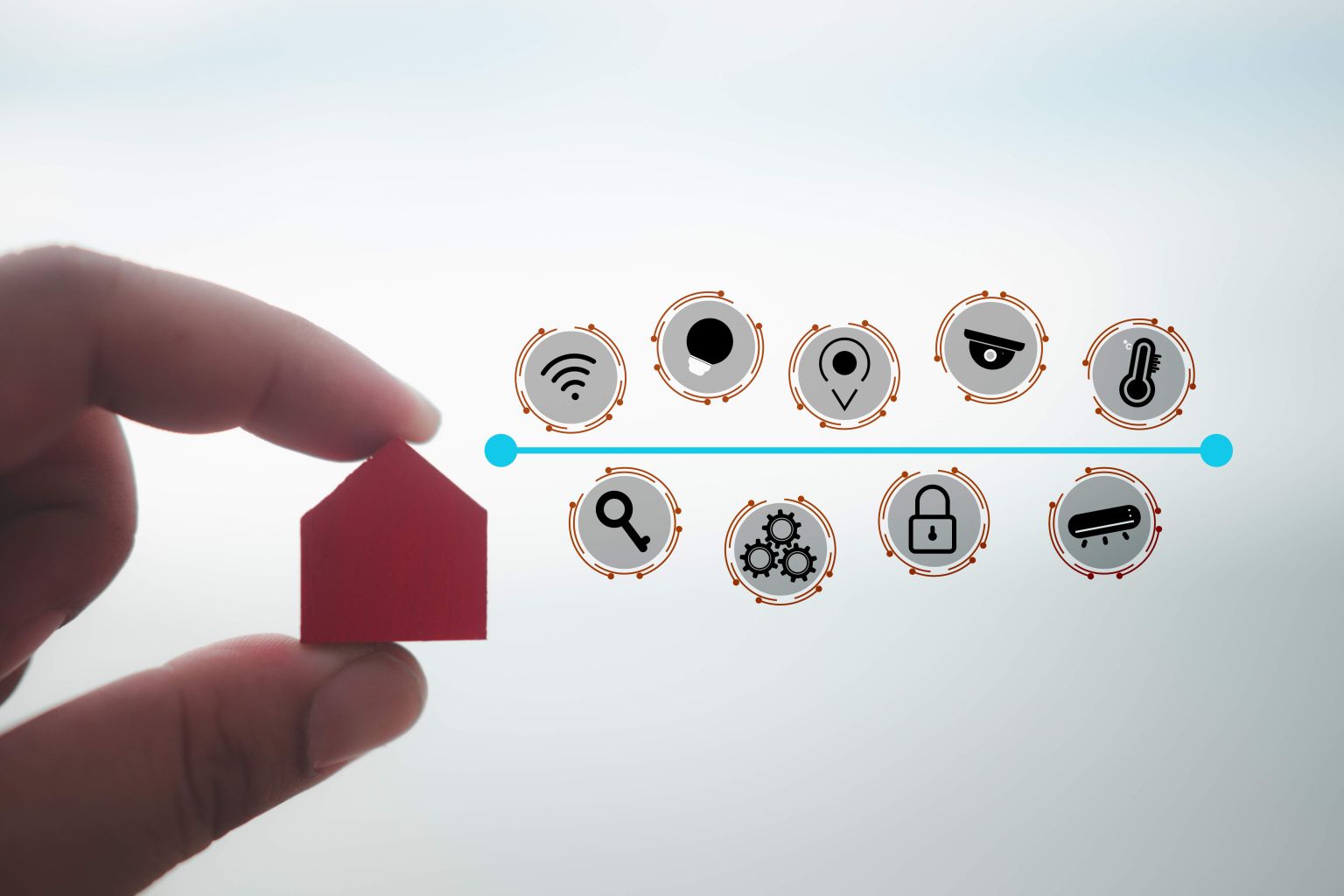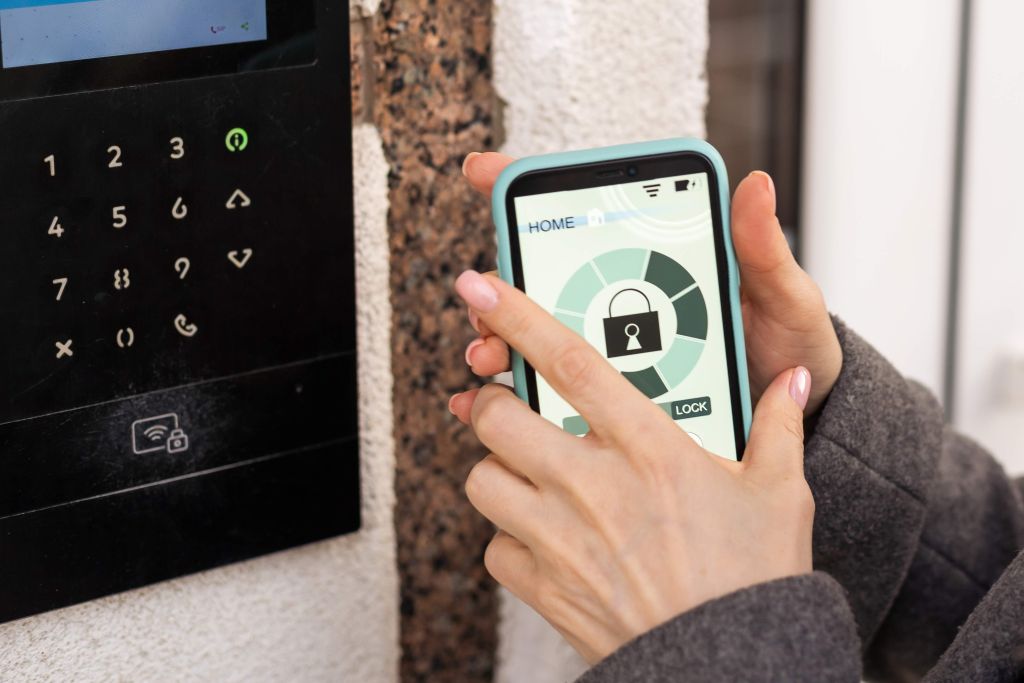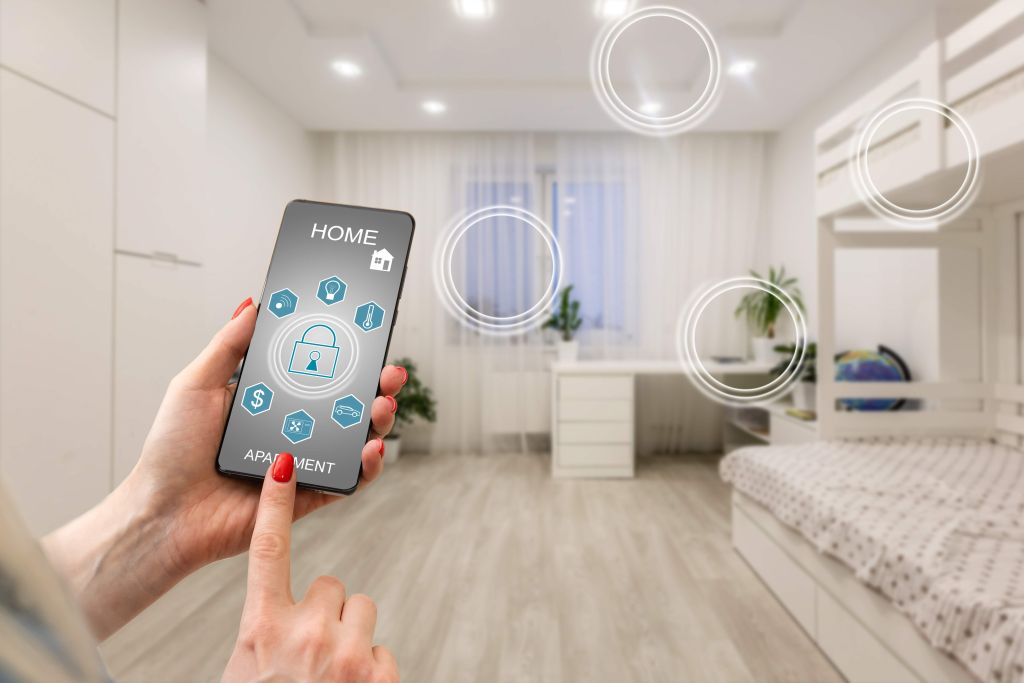5 Smart Home Trends This Year
By Meredith Hirt , Samantha Allen Contributor , Editor
When Smart House aired on Disney Channel in 1999, it was a massive stretch of the imagination; while smart home technology has thankfully not tried to take over as anyone’s mother, it has come a long way. New technologies for homes have really taken off as devices are being introduced for every room in the house.
Smart trends are no longer reserved for the most high-end homes or saved for an upgrade years down the line—people are actually buying homes today with an eye on the existing smart home tech that’s already included. These are some of the biggest smart home tech trends happening right now.
1. Integration
One of the top smart home trends for 2021 is just how fully integrated smart home tech is becoming. As mentioned above, it has almost become an expectation instead of a luxury, and along with higher expectations has come connectedness and ease of use.
From a pure integration standpoint, more smart home devices are starting to communicate with one another. For instance multiple rooms in your home can be outfitted with Google Home speakers that can function in a group(s) instead of individual units. A Philips Hue lighting system can control the lights in your entire home and can follow specific routines that you create to turn the lights on or off across the household according to your schedule and needs.
When a smart refrigerator detects you’re low on milk it could add it to the shopping list stored on your Amazon Alexa device. Connection is key when it comes to expanding the smart home system.
Ease of use continues to improve, too. You don’t need to be tech-savvy to set up many smart tech devices. If you have a smartphone, a Wi-Fi connection and an outlet, most people are set to connect a lot of devices—which makes the barrier to entry lower for smart home tech across the board.

2. ARTIFICIAL INTELLIGENCE AND INTERNET OF THINGS
Thanks to voice assistants like Amazon Alexa and Siri, most people are familiar with at least some aspects of AI functionality. Artificial intelligence continues to improve, understanding commands better and responding in more relevant ways. AI in smart homes helps residents play music, update their to-do list, turn lights off and on and much more.
The internet of things (essentially taking all the things in the world and connecting them to the internet) is still a more complicated process to understand, but progress made in the smart home world in regards to IoT will have a lot of implications for making life easier, particularly in the smart kitchen and smart bathroom space.
3. TOUCHLESS TECH
This trend had already started to permeate the smart home arena and the Covid-19 pandemic accelerated it in 2020 and 2021. You’ve likely seen touchless hand sanitizer dispensers in retail environments, and while they’re likely not smart-enabled, the potential is there—and the touchless concept is expanding.
For example, touchless doorbells are a new innovation for guests to announce their arrival without touching a shared surface that could potentially spread germs. And of course, many home devices are controlled via mobile apps so each individual that has control touches only their own phone and not the device itself.

4. SMART THERMOSTATS
Following smart speakers, smart thermostats have been one of the most widely adopted smart home tech devices. They are generally easy to install and can be completely customized to your preferred temperature, as well as your routines, making it easy to adjust the environment in your home from anywhere.
Smart thermostats are also touted as eco-friendly because you can easily turn heating and cooling off and on when you’re away from the home, and budget-friendly because using one can cut down your utilities bills. Nest claims to save U.S. customers an average of 10% to 12% on their heating bills and about 15% on their cooling bills annually.
5. HEALTH TECH
Another trend that was accelerated by the pandemic, plenty of smart home tech started to either focus completely on, or at least emphasize, health benefits for 2021. As mentioned, smart thermostats have been one of the most popular smart tech devices for a while, but now some are integrating features like humidity sensors to help with air quality; stand-alone humidity sensors are a growth area, too.
Smart air purifiers and air conditioners are also on the rise to assist in elevating and maintaining air quality during this global health crisis. Some smart doorbells are integrating temperature-taking functionality so that people can screen their guests for one of the most basic Covid-19 indicators before allowing them inside.
In smart home tech that is less Covid-inspired, smart water filtration systems are helping with overall health. Far beyond your typical toilet, advanced smart toilets are going so far as to use sensors to analyze waste and skin to provide insight into the user’s health and alert them about any issues that may arise, with the hope that users can seek professional attention before a problem worsens.




